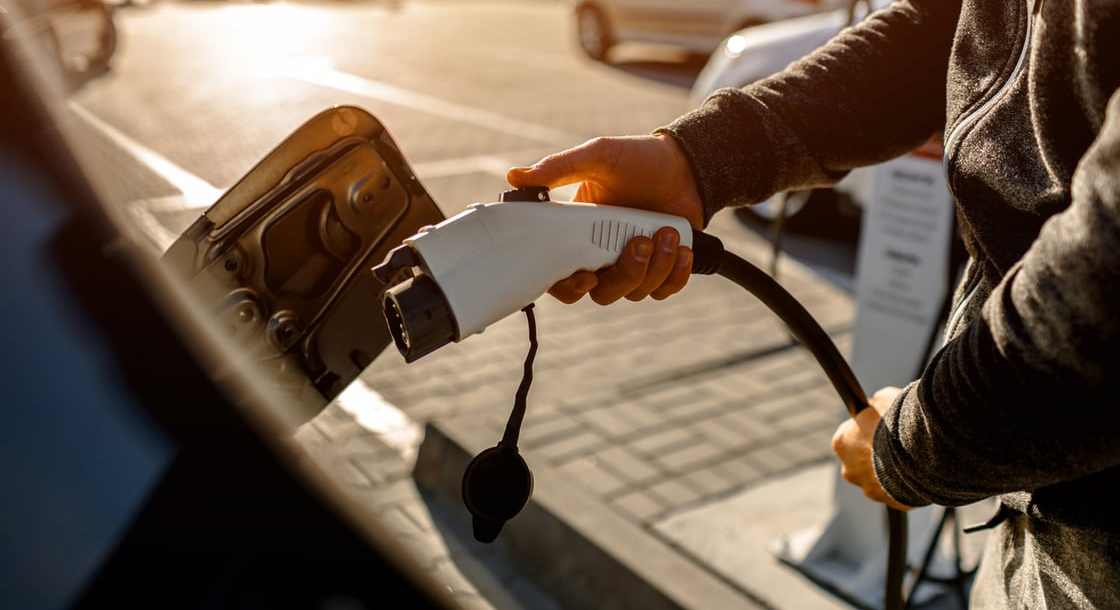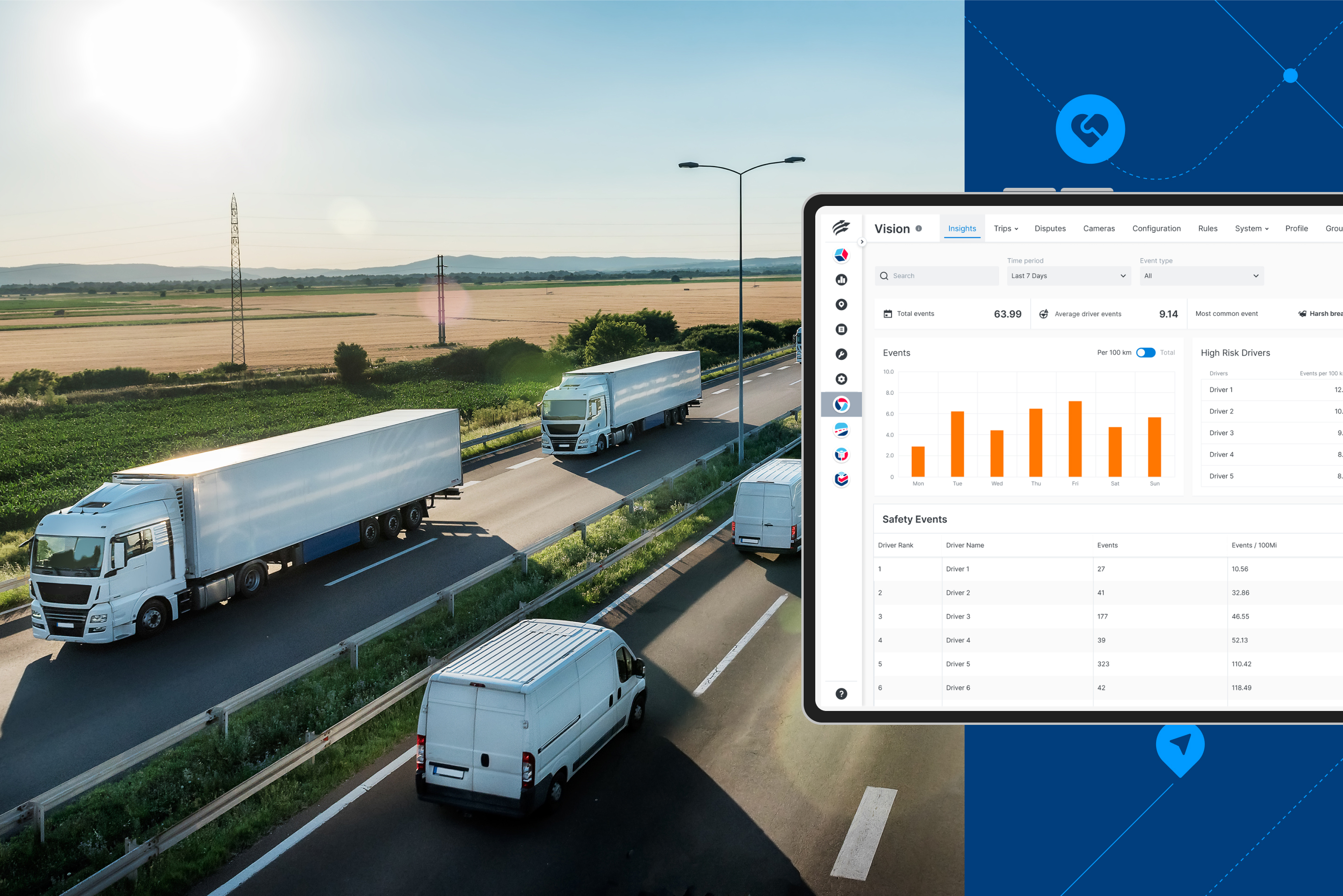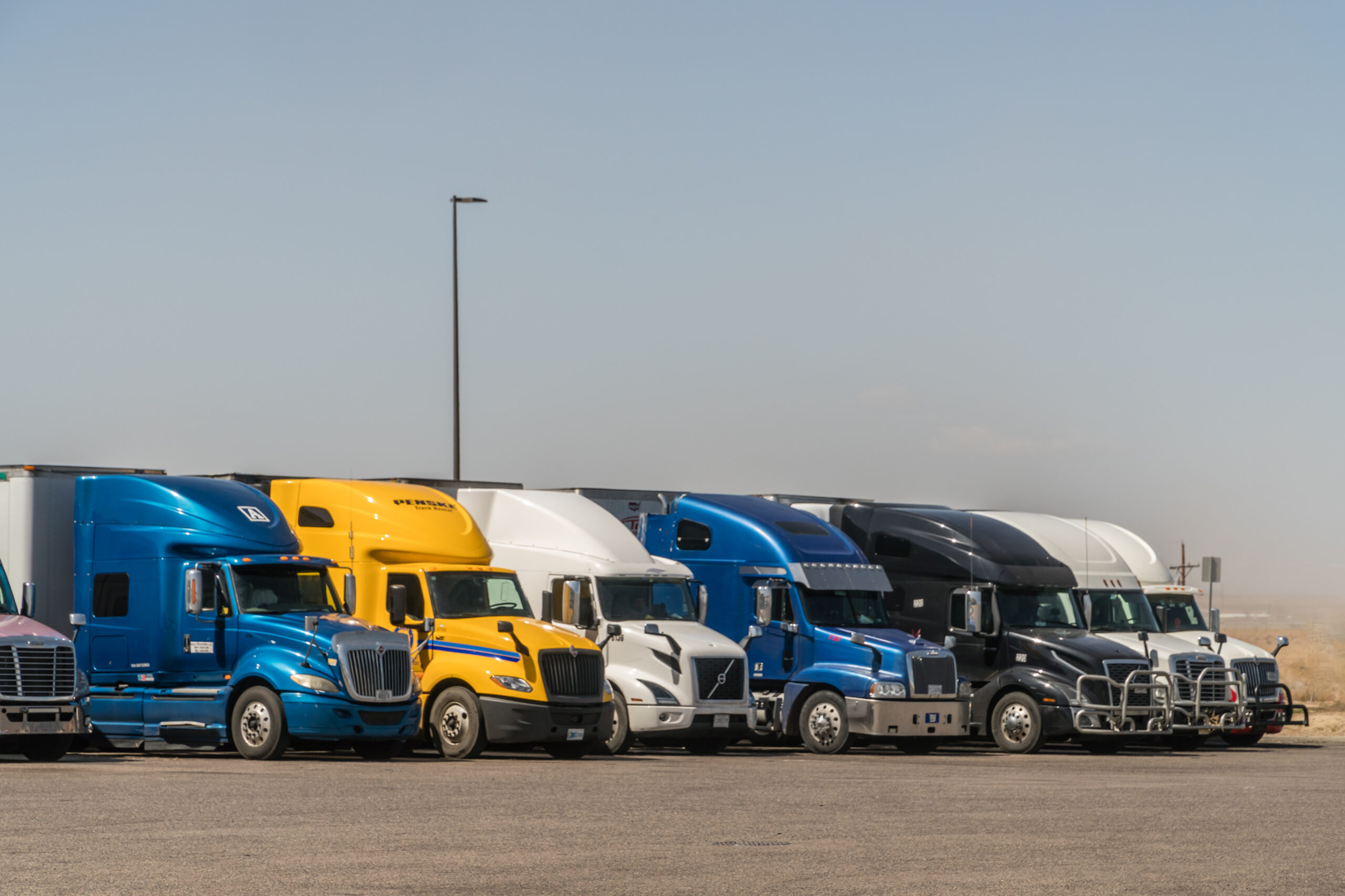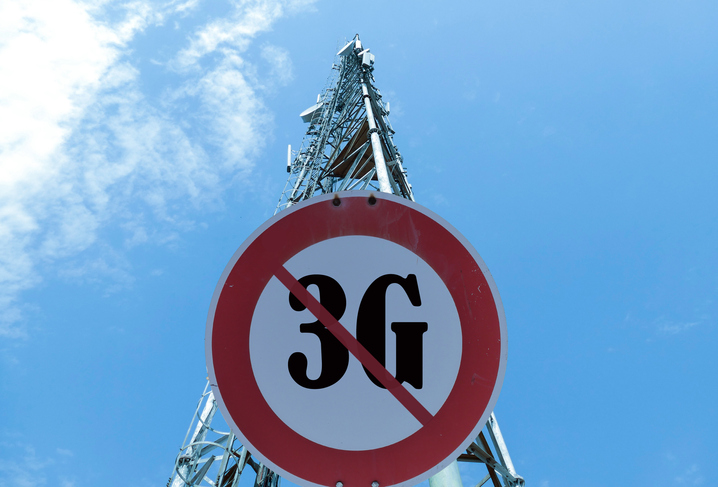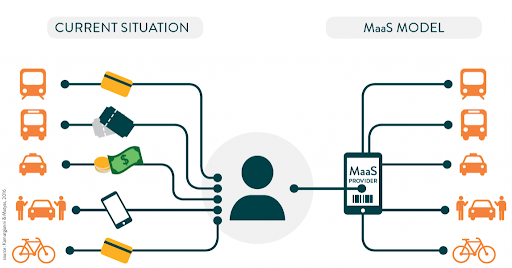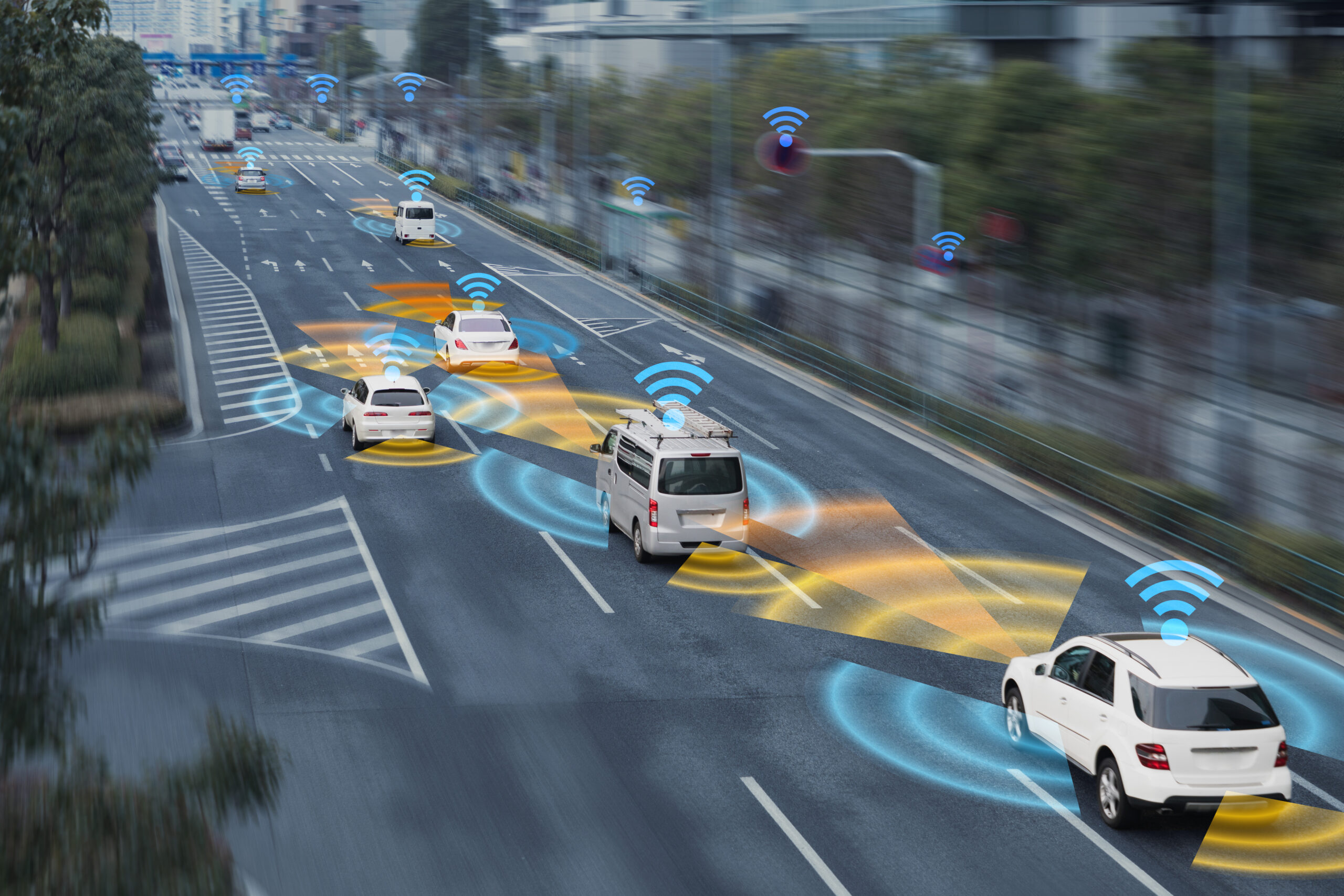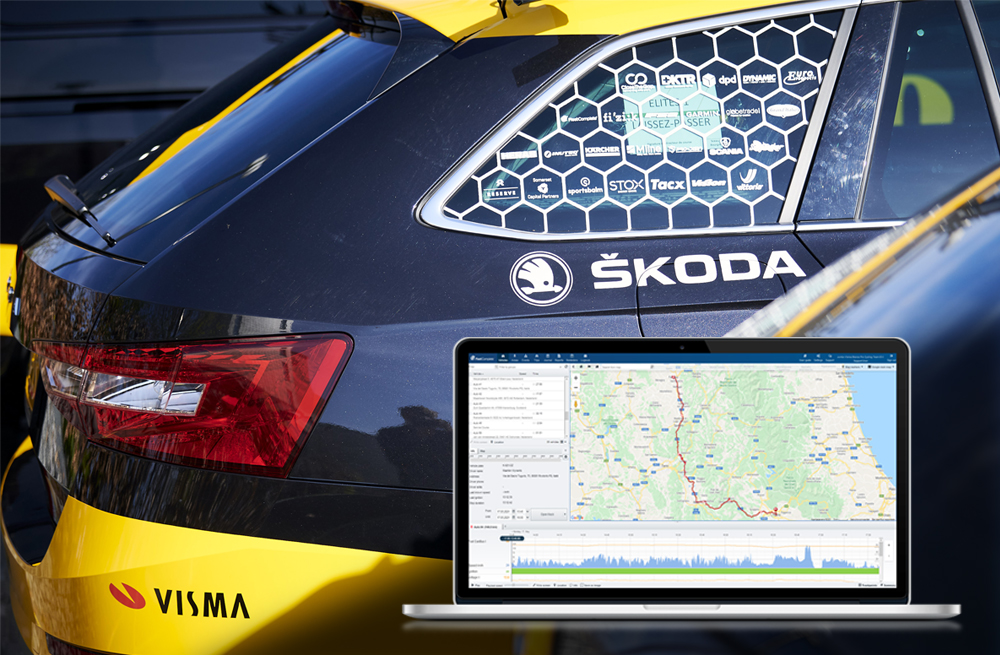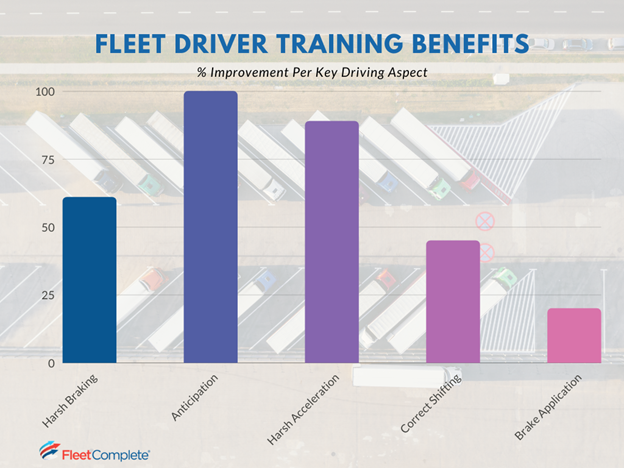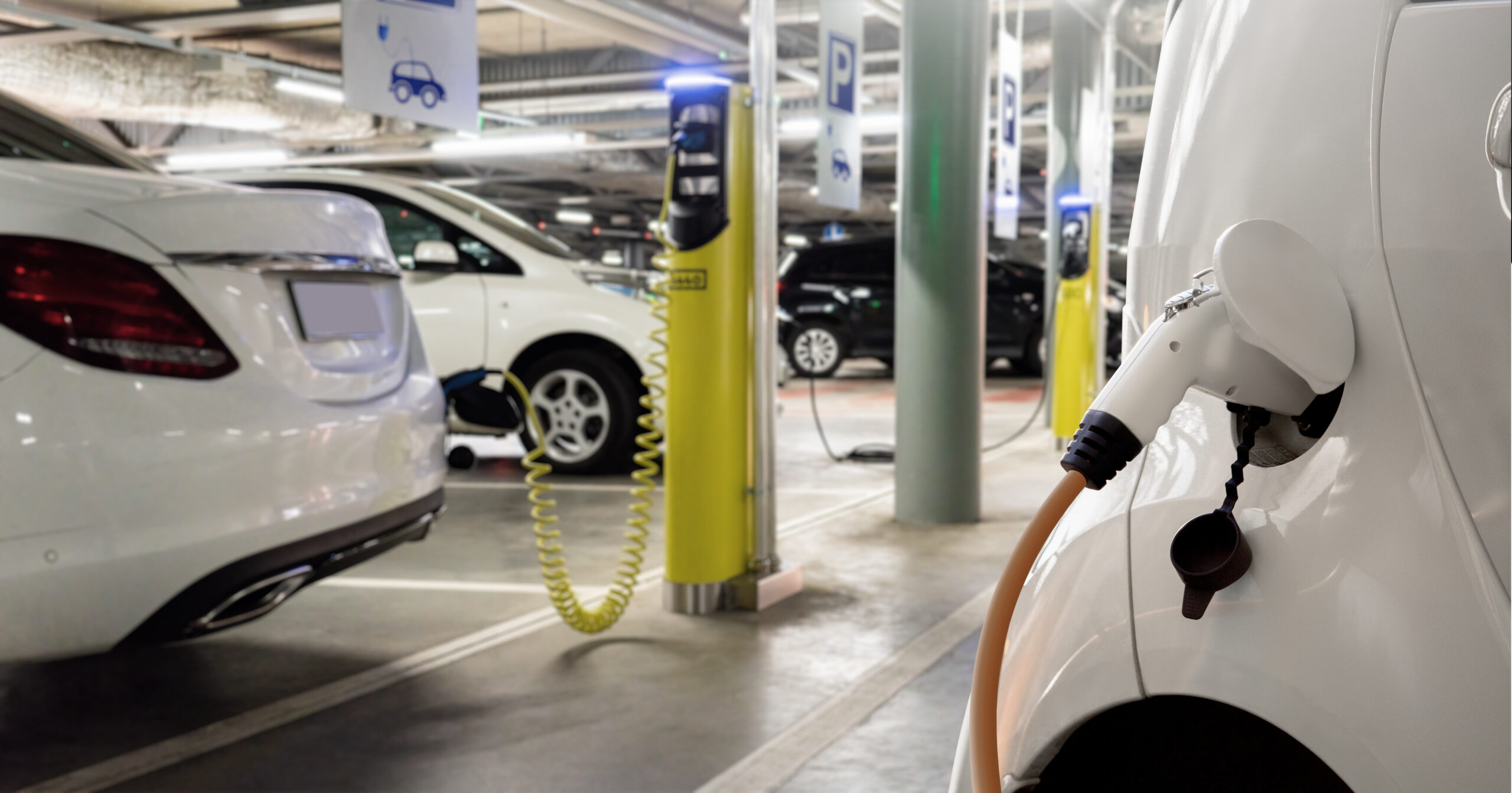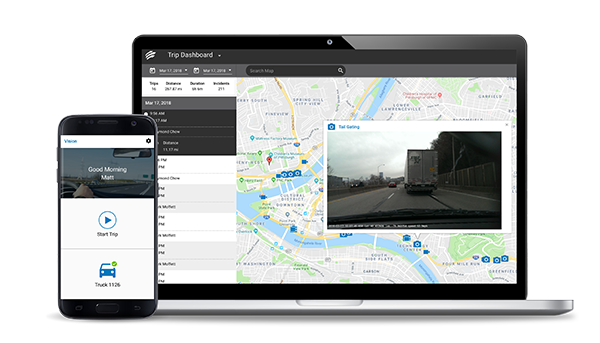As 2021 winds down, the past year has seen the emergence of some notable topics and trends in the telematics and fleet management industry. For fleet managers, staying on top of current industry themes can help keep you informed and your fleet operations up to date. And what better time to reflect than the end of the year?
The following are some of the top trends over the past year that fleet managers should keep in mind as we move into 2022:
- Telematics integration in original equipment manufacturer (OEM) vehicles
- The industry-wide driver shortage
- Fuel economy and the costly price of gas
- The rising popularity of electric vehicles
In this article, we’ll look into each topic in detail, discussing why they’re an important trend in the industry and how they may affect your business.
OEM Technology
Over the past year, the presence of original equipment manufacturers (OEM) telematics integration has continued to grow and is now commonplace in the industry, with most telematics providers partnering with OEMs.
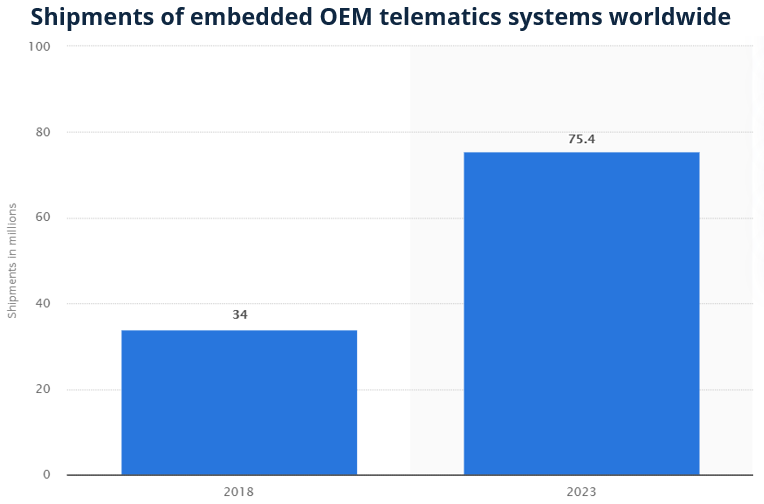
The expected compound annual growth rate of 14.2 percent between 2018 and 2023 shows the rising popularity of OEM telematics integration in the industry (Image Source).
As a recap, OEM refers to vehicle manufacturers – many of which now produce vehicles that are pre-installed with hardware that’s compatible with fleet telematics upon purchase. This allows the vehicle to immediately integrate with a third-party fleet management software provider without the need for additional hardware installation.
One of the biggest advantages of opting for the OEM hardware route is that you can instantly use fleet management telematics upon obtaining the new vehicles. The benefits of this include:
- Easy telematics implementation for a shorter procurement process
- Saving time on compatibility testing
- The ability to plan your new fleet acquisition with telematics in mind
With factory-installed hardware, you can immediately subscribe to a telematics service from an aftermarket provider and start collecting and interpreting valuable data from your fleet vehicles without delay.
Considering these benefits, it’s easy to see why the OEM telematics route is gaining popularity. It could be an excellent option that fleet managers should consider when purchasing vehicles in the new year.
Driver Shortage
Unlike OEM telematics, the industry-wide driver shortage presents a possible obstacle for fleet managers rather than an opportunity.
While there are many contributing factors to the lack of drivers, some reasons for the shortage include:
- Potentially poor working conditions
- Safety concerns
- High demands of the job
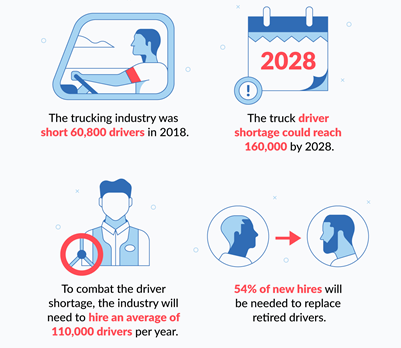
US statistics on driver shortages (Image Source).
While the industry’s shortage isn’t something that can be solved single-handedly, your business can take steps to ensure it’s as enticing as possible for new drivers to come aboard and stay once they’re there. Some ways to achieve this include:
- Implementing effective training programs to help drivers feel confident as they begin their new role.
- Fit your fleet with helpful technology, such as dash cams, to help your drivers feel safe and well-equipped on the road.
- Make fostering an inclusive and diverse work environment a priority, as this will help create a welcoming environment for all recruits.
- Utilize fleet management software to view driver scorecards that help you setup reward programs based on employee improvement.
Using the strategies listed above can prove useful for attracting and retaining drivers, especially with the current small pool of candidates.
Fuel Economy
Fuel economy has become a prominent topic of concern over the past year, with prices being heavily influenced by the pandemic. Statistics show that gas prices in America are averaging $3.27 per gallon, over $1 more than a year ago and the highest they’ve been since 2014.
The concern over rising prices is even greater for fleet-owning businesses, as fuel costs contribute to around 30% of the average fleet’s expenses.
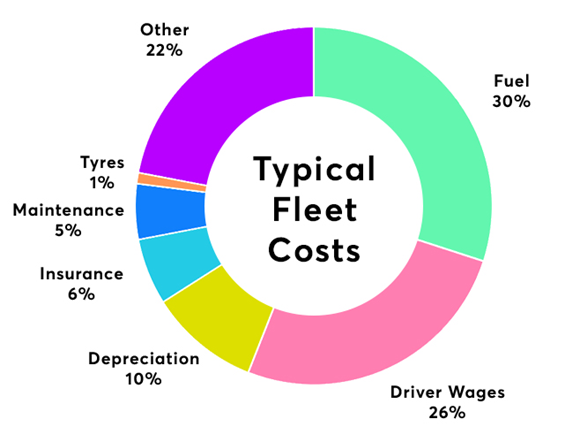
Fuel is often a fleet’s most costly expense (Image Source).
With the current cost of fuel being as pricey as it is, now is a great time to look into fuel-saving strategies and the fleet management technology that can help reduce your fuel usage. These tactics can include the following:
Reduce Idling
Idling is an unnecessary fuel-wasting behaviour, so cutting it down can help save valuable gas. Fleet tracking technology allows you to track idling time to see if this is an area that needs improvement and if your drivers need further coaching on reducing this behaviour.
Reward Economical Drivers
Harsh driving, such as harsh accelerations, braking, and sharp cornering, can burn more fuel than safe driving habits. A way to cut down on these behaviours is by measuring them amongst your drivers and rewarding those who are avoiding them.
Powerfleet’s (formerly Fleet Complete) Fleet Tracker can help with this by measuring harsh driving behaviours. It then creates personalized driver scorecards to see where improvements have been made or are needed and which drivers should be rewarded for their performance.
Utilize Electric Vehicles
We will look further into this topic in the next section, but electric vehicles (EVs) can be a great substitute for fuel-burning vehicles to avoid the high price of gas.
Electric Vehicles
Tying back into the previous topic of fuel expenses, EVs are quickly gaining traction in the industry as fleets see the value in an alternative to costly fuel-burning vehicles. In fact, 90% of fleet managers described the future use of electric vehicles in the commercial fleet business as “inevitable” in a recent survey.
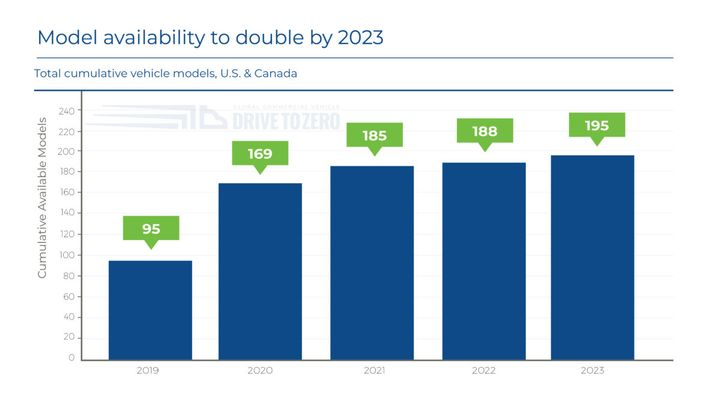
The number of electric truck models will hit 195 by 2023, showing how OEMs are preparing for the increasing popularity of electric vehicles (Image Source).
While reducing fuel costs is one advantage that has increased the number of fleets adopting electric vehicles, EVs come with more benefits than just that. Along with fuel savings, here are some of the big reasons switching to electric can be beneficial:
- Reduce your carbon footprint: Not only does utilizing EVs to reduce your carbon footprint benefit the environment, but it’s also a great way to introduce eco-friendly operations that can help improve your business’s reputation.
- Comply with government regulations: As combatting climate change continues to be a worldwide concern, more governments are introducing regulations for limiting carbon emissions. Adopting EVs into your fleet can help you get ahead of the curve and prepare for these regulations.
- Reduce maintenance costs: EVs need less maintenance than their fuel-burning counterparts since they have less abrasive braking options and no need to change spark plugs, fan belts, air filters, cylinder heads, and many other parts.
So, with the current high fuel prices and the many benefits EVs can provide, incorporating electric vehicles into your fleet or making the full switch could be a good option to look into in the new year.
New Year, New Goals
While the end of the year is a great time to reflect on the industry as a whole, it’s also ideal for looking back at the performance of your own fleet – helping to decide what has worked over the past year, what hasn’t, and areas for improvement.
Reflecting on your success and failures throughout 2021 will help shape your strategy for the upcoming year, allowing your business to continue to grow and have a successful 2022.
As always, Powerfleet (formerly Fleet Complete) is here to assist your business in reaching its goals. Learn more about how we can help your fleet by requesting our Powerfleet (formerly Fleet Complete) demo.









